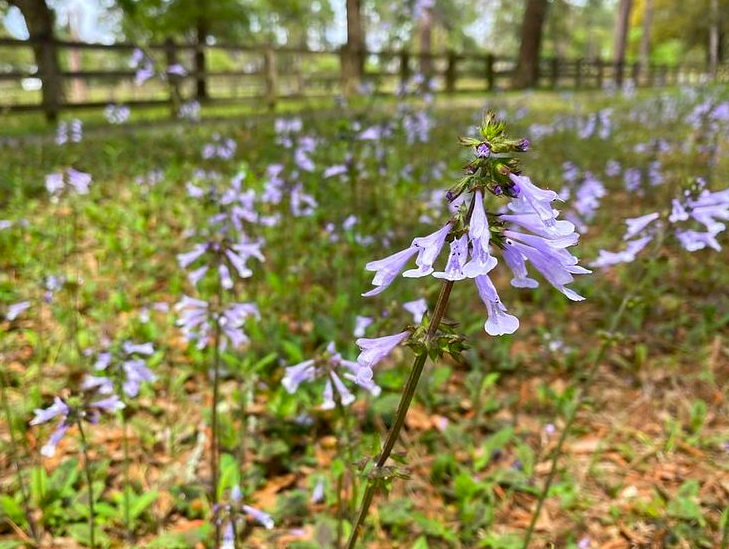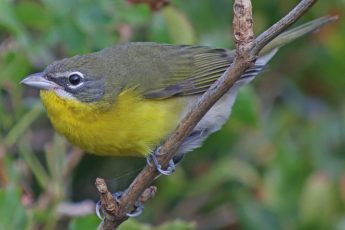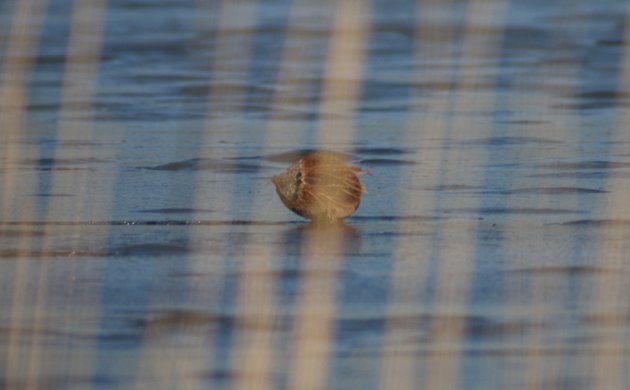
In many ways, birding has led me straight to my new interest in wildflowers. Looking for birds naturally makes you more aware of your surroundings, from an urban park, to a suburban greenway, to a rural wilderness. Though I’m not traveling as much these days, my flower pursuits have expanded this intense attention to empty lots, roadside ditches, and road medians. There are a lot of flowers in road medians.
But in one critical way, birding also spoiled me for other forms of identification. Being a detailed oriented bunch, birders over the decades have spent so much time and energy standardizing common names that learning scientific avian names is unnecessary. Wrens? All related. Warblers? Related. If you know what one sparrow looks like you know generally what all sparrows look like.
Not so for wildflowers.
Their names are all over the place. Scrambled eggs, drug fumitory, clasping venus’s looking glass, false garlic (than what is it exactly?), Carolina bristlemallow (not from the carolinas), native hawksbeard (actually native to Asia). The same flower can have half a dozen common names. The purple Salvia lyrata flower grows across lawns and edges in springtime North Florida, but its common name can be wild sage, lyreleaf sage (kind of similar), or… cancer weed. Where did that come from?
To be honest, since I am early in my flower identification journey I’m not learning scientific names. They are all safely saved in my identification app, in case I need them, but I vastly prefer wandering my neighborhood with names like false shamrock, smallflower desert-chicory, and sand bittercress on the tip of my tongue, rather than scientific syllables it would take way more effort to memorize. Occasionally I do compare and contrast the scientific names to see if one flower is related to another, but for now I am enjoying the rainbow of colors just outside my door, and appreciating the simplicity of bird naming conventions.





 New writers welcome – please contact us for details.
New writers welcome – please contact us for details.

















This is awesome, Erika. I went through a similar bout of botanical interest a while ago but didn’t stick with it long enough to lock in enduring knowledge. Maybe I’ll get back to bloom peeping this spring!